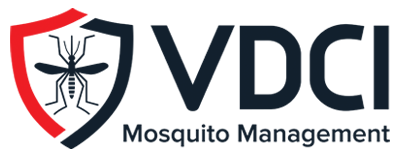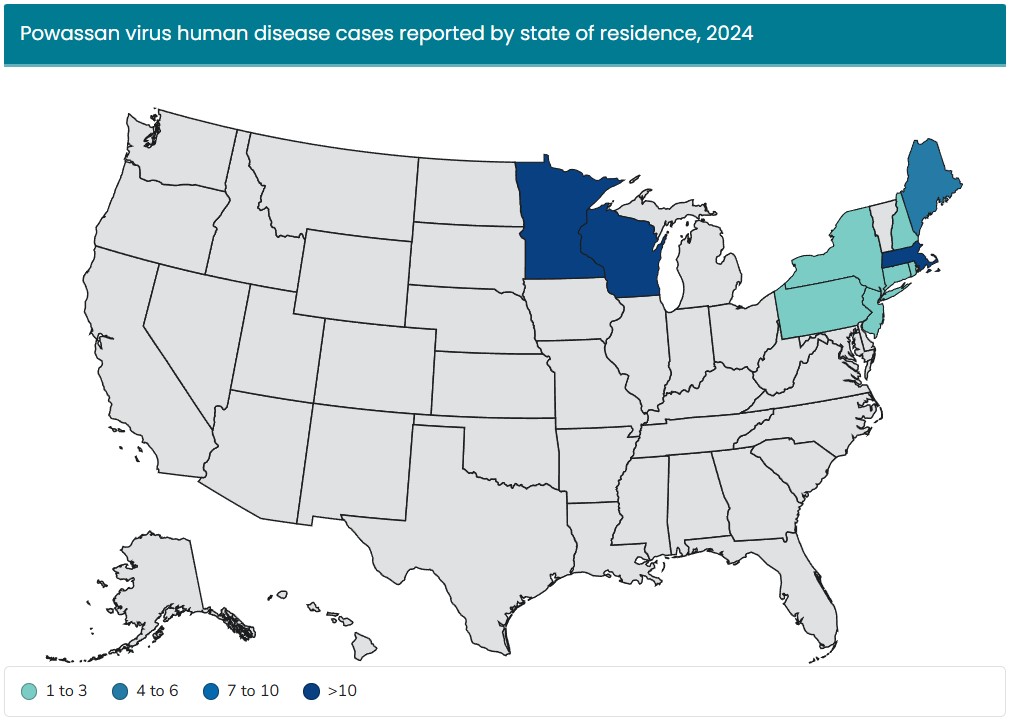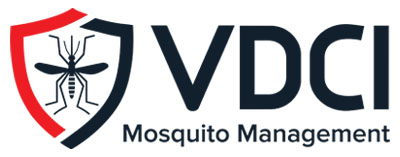What is the Powassan Virus and How Does it Spread?
Powassan virus (Powassan) is a rare tick-borne disease belonging to a group of viruses that can cause infection of the brain or the membranes around the brain and spinal cord. Powassan virus is spread to people primarily by infected ticks. It does not spread through coughing, sneezing, or touching and rarely spreads person-to-person through a blood transfusion.
Powassan is spread by three types of ticks found primarily in the eastern half of the United States.
- Ixodes cookei (groundhog tick)
- Ixodes marxi (squirrel tick)
- Ixodes scapularis (blacklegged or deer tick)
The blacklegged, or deer tick, often bites people that can result in several types of diseases.
Signs and Symptoms of Powassan Virus
Common Symptoms
- Those who are infected with Powassan virus may show initial symptoms that include:
- Fever
- Headache
- Vomiting
- Weakness
- Confusion
- Loss of coordination
- Difficulty speaking
- Seizures
Treatment of Powassan Virus
There are no specific medicines to treat Powassan virus disease. As a result of the severe disease, people are commonly hospitalized needing care such as support for breathing, hydration, and reducing swelling in the brain. Powassan virus infection is diagnosed based on signs and symptoms, history of possible exposure to the ticks that spread Powassan virus, or through laboratory testing of blood or spinal fluid.
Powassan Virus and the United States
According to the U.S. Centers for Disease Control and Prevention, Powassan cases have been recognized in the United States, Canada and Russia but reported primarily from northeastern states and the Great Lakes region. Cases have occurred when ticks are most active in the late spring, early summer and mid-fall seasons.
Powassan virus is a nationally notifiable disease, and although it remains relatively rare, reported cases have grown in recent years in areas where the virus is known to circulate. People who engage in outdoor work or recreational activities in these endemic regions are at increased risk of infection. According to the CDC’s data (as of January 14, 2025), there were 54 total Powassan virus disease cases reported in 2024, all of which were neuroinvasive. These cases were reported in 10 states including Minnesota with the most cases, Massachusetts, Wisconsin, Maine and other states along the northern east coast. These figures are preliminary and may change as additional reports are confirmed.
Controlling Ticks and Powassan Virus
Individuals should take extra precautions to avoid tick-infested areas, especially during late spring, summer, and fall. It seems only logical that control of the tick vector of Powassan virus disease is mandatory in communities and that lowering tick populations can significantly reduce the risk of being infected. VDCI strongly feels that any Integrated Tick Management (ITM) program should strive to control the local population of ticks with minimal impact on the environment and non-target organisms and simultaneously reduce the risk of tick-borne disease transmission.
However, because it is impossible to eradicate all ticks given their behavioral patterns, resilient nature and breeding potential, the program’s primary goal should be to manage tick populations within tolerable levels. This reduction is best accomplished through a customized and targeted combination of public education, surveillance, landscape management, and the judicious application of Environmental Protection Agency (EPA) registered pesticides through a variety of techniques and methods.
1: Public Education/Public Relations
Public education is an extremely important facet to the successful implementation of any tick control program. Educational materials that are readily available to the public should detail the various ways people can limit tick exposure and should include information on personal protection as well as awareness and disease information.
2: Inspection and Surveillance
The cornerstone of any successful ITM program is surveillance. Proper identification of tick species and knowledge of their bionomics focuses control efforts on the areas of concern. Potential tick-infesting habitats should be inspected and mapped into a GIS database using GPS technology. After thorough surveillance of the tick and host populations in an area, a more accurate picture of the vector dynamics can be developed and an effective and efficient control plan implemented.
Testing ticks allow us to determine the incidence of tick-borne pathogens that may cause a threat to the health and well-being of residents and visitors to public properties within an area. After pathogen detection, management practices can be developed that will reduce the number of infected ticks and simultaneously reduce the risk of human transmission. VDCI is capable of testing ticks, via approved PCR assays, for a range of common tick-borne pathogens.
Successful control of tick populations is dependent on the integration of a number of strategies including host-targeted devices and landscape management. When required, VDCI only applies pesticides approved by the EPA for the control of ticks. These products are delivered by means of hand-held application equipment, such as a spreader or backpack sprayer, and can quickly lower the tick population in targeted areas.



